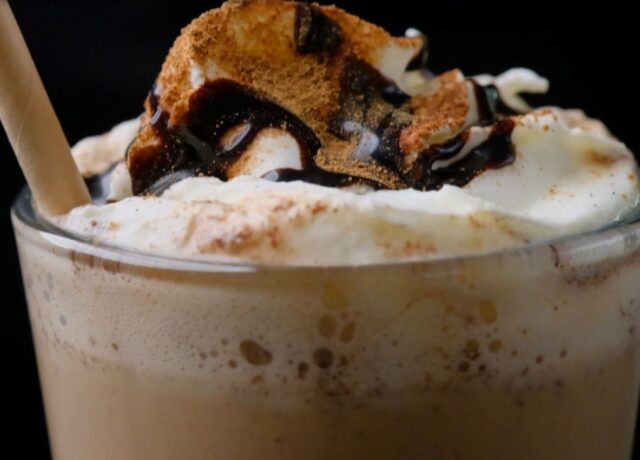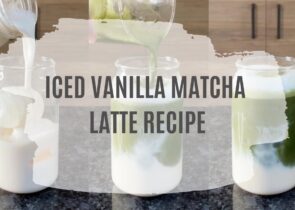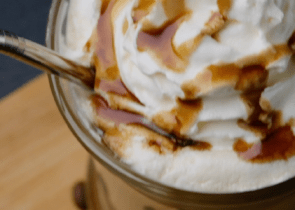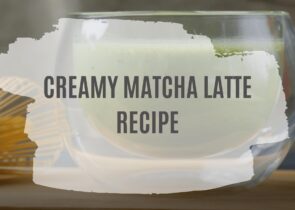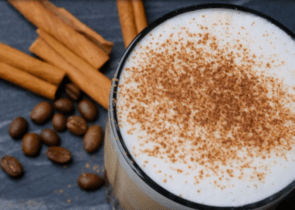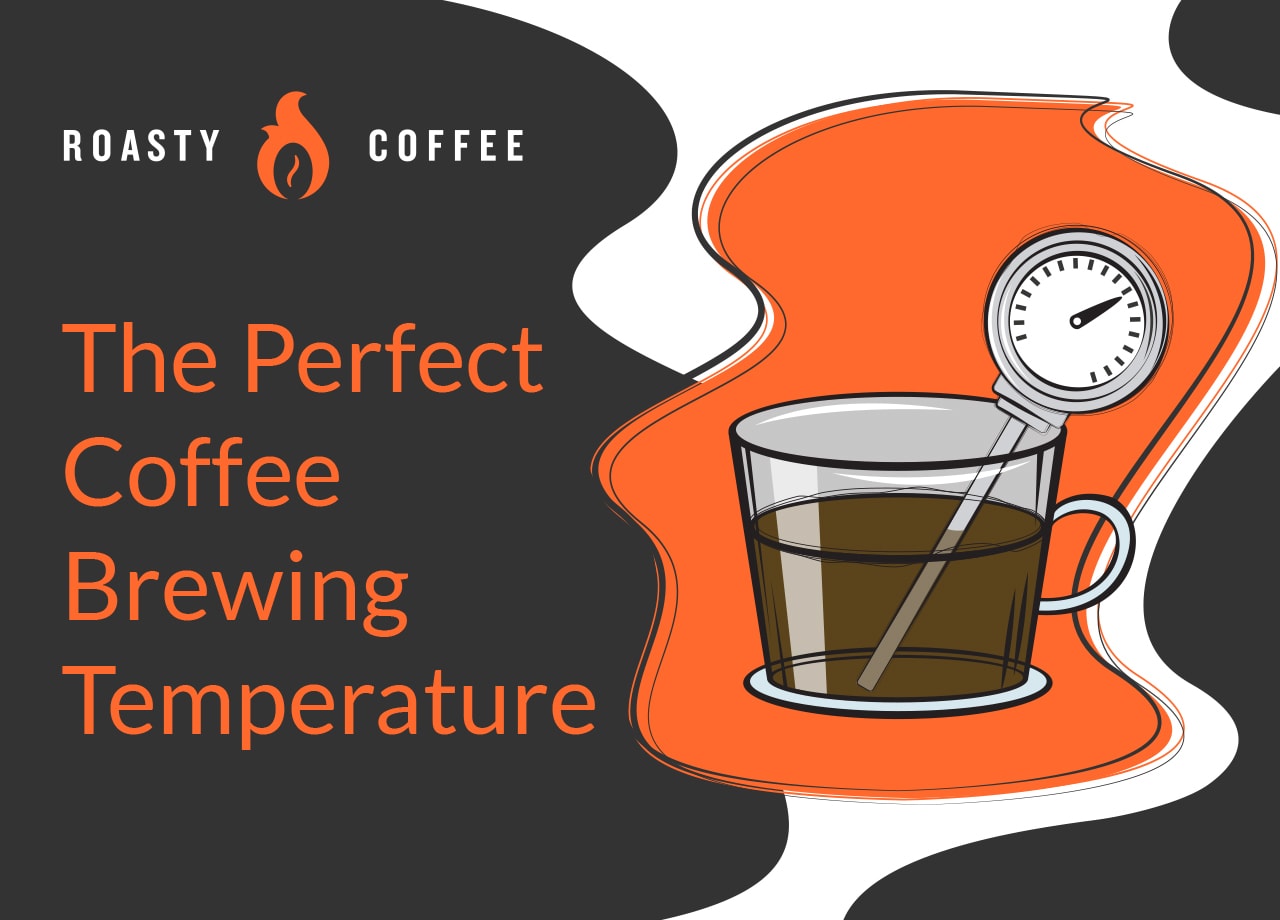
If coffee matters to you, the temperature should too.
This is because the main cause of sup-par coffee is temperature. When under heated or overheated, no bean can reach the full expression of its flavor, making your cup of joe more like a cup of woe.
Fortunately, there’s a single perfect coffee brewing temperature, no matter the method, no matter the bean. It’s every barista’s lucky number–205.
The Perfect Coffee Brewing Temperature Is…
205 degrees (that’s Fahrenheit, or 96 degrees Celsius) is the ideal water temperature with which to brew any coffee. This is actually lower than the temperature water boils at, which is 212 degrees (100 degrees C). You can check your heat measurements by using a thermometer, or you can approximate it. However, we recommend using a thermometer to better control and maintain your ideal brewing temperature.
What Happens if You Brew at the Wrong Temperature?
Since water temperature can make or break your brew, it’s important to understand why brewing too hot or too cold can ruin your coffee.
Brewing too hot can cause your coffee grounds to be over-extracted. Overextraction occurs when the flavors and aromas in the grounds are released too much too quickly, causing a bitter, unpleasant, low-quality taste. This is why when brewing coffee manually, you should only bring the water to a boil and don’t overboil it.
Overboiling water is when water is boiled for longer than it should be, causing larger amounts of oxygen to be stripped away. This is why it makes coffee taste bitter and flavorless.
Colder temperatures will slow almost any process down. Likewise, brewing coffee with too cold water can affect the flavor of it as well. The flavors and aromas in the coffee grounds aren’t extracted enough when baristas brew with water that’s too cold. This results in under-extracted coffee that is flat and sour in taste.
Gadgets to Get the Job Done
Traditional thermometers are always great tools to have. If you’re feeling fancy, you can also purchase an easier (and more accurate) tool: the laser thermometer. These handy-dandy devices are available at any hardware store. They are beneficial because they allow you to measure the temperature from a distance, and also amuse your cat afterward.
Another handy tool is the electric gooseneck kettle. This kettle has an electronic base that allows you to set and monitor the exact temperature of the water inside. Perfectly accurate, these kettles are the ultimate must-have for the discerning and/or dangerously obsessive coffee connoisseur.
Tip: If you’re working with a plain pot or kettle (never both, lest accusations of blackness fly unbidden through your kitchen), you can always use the time-tested method our forefathers used at Ye Olde Beane & Brew, or wherever colonial hipsters went: just boil it. Once it’s boiled, remove for 30 seconds, which will typically give you something in the 199-205 degree neighborhood.
And while we’re talking water, remember: depending on where you live, tap water may adversely affect your coffee. Always use filtered water to ensure the best possible brew.
What About Cold Coffee?
For hot coffee, brewing time can take anywhere between 2-4 minutes to achieve the ideal extraction. There are two methods of temperature for cold-brewing coffee: steeping at room temperature (around 70 degrees Fahrenheit) and steeping at “standard refrigerator” temperature (about 35 degrees F).
When steeping in room temperature, you can brew with either cold water or room-temperature water (just as long as it doesn’t get hot). Since the temperature is warmer, the steeping time doesn’t take as long, normally around 8-12 hours (we recommend about 10). Because the temperature is warmer the coffee tends to extract more, yielding a more heavy-bodied, robust flavor of the coffee.
The colder the temperature of the water is, the longer it takes to extract the flavors in the grounds. This method of cold brewing can take anywhere from 12-20 hours (we recommend around 16). Benefits of keeping the steeping process cold are that it takes longer to extract, making it lighter in taste. It also highlights the flavors and undertones more and produces coffee that’s less acidic.
Cooling Down…
It can be disappointing when your brew doesn’t taste as well as you’d hoped. But the great news is that almost every complication you encounter can be fixed, so have no fear!
Temperature is one of the most important qualities of coffee. Keeping an accurate, consistent temperature is even more important. However, if you’re still running into problems with flavor, take a breath, analyze the situation, and begin diagnosing the problem one small step at a time.
Happy caffeinating!


